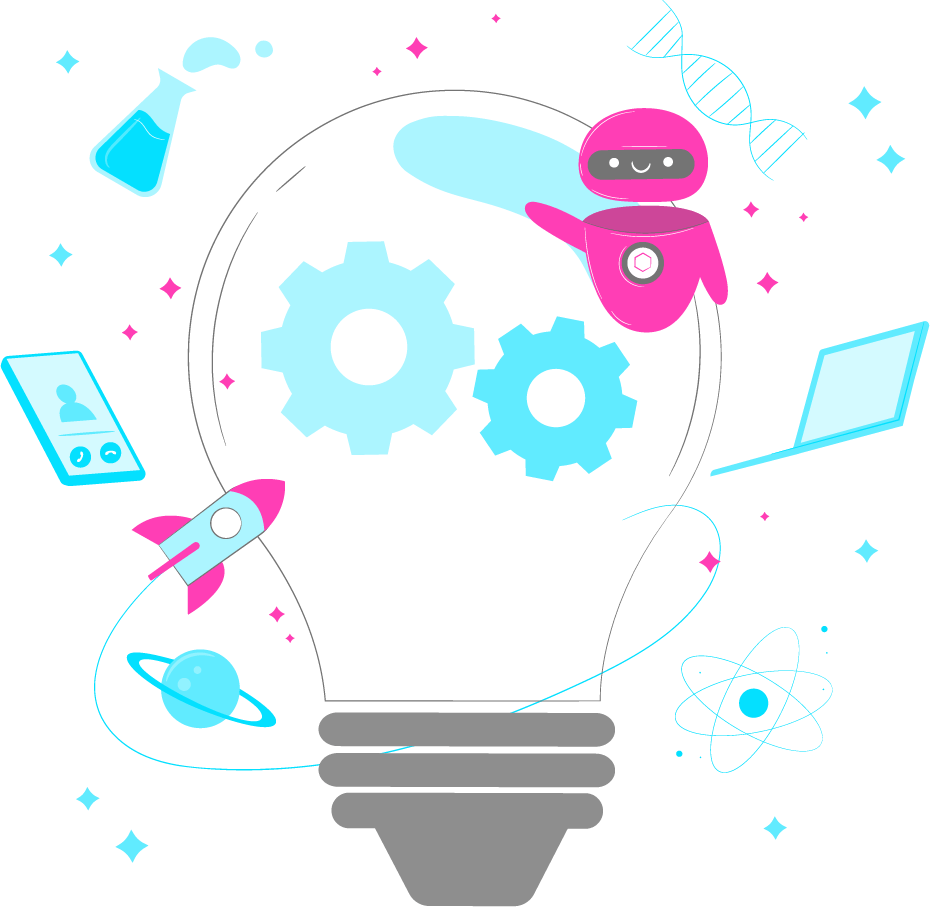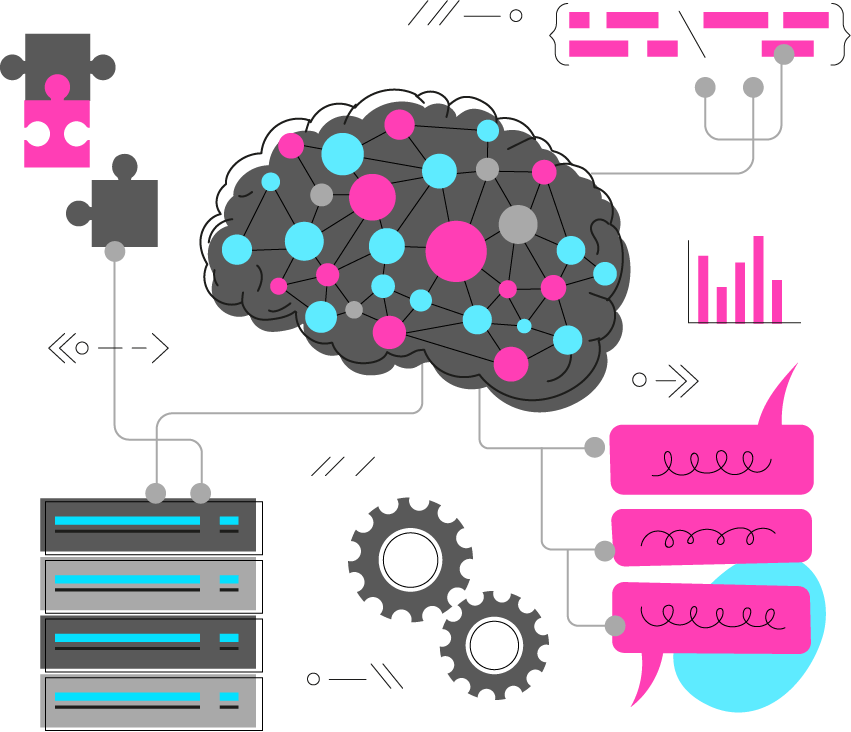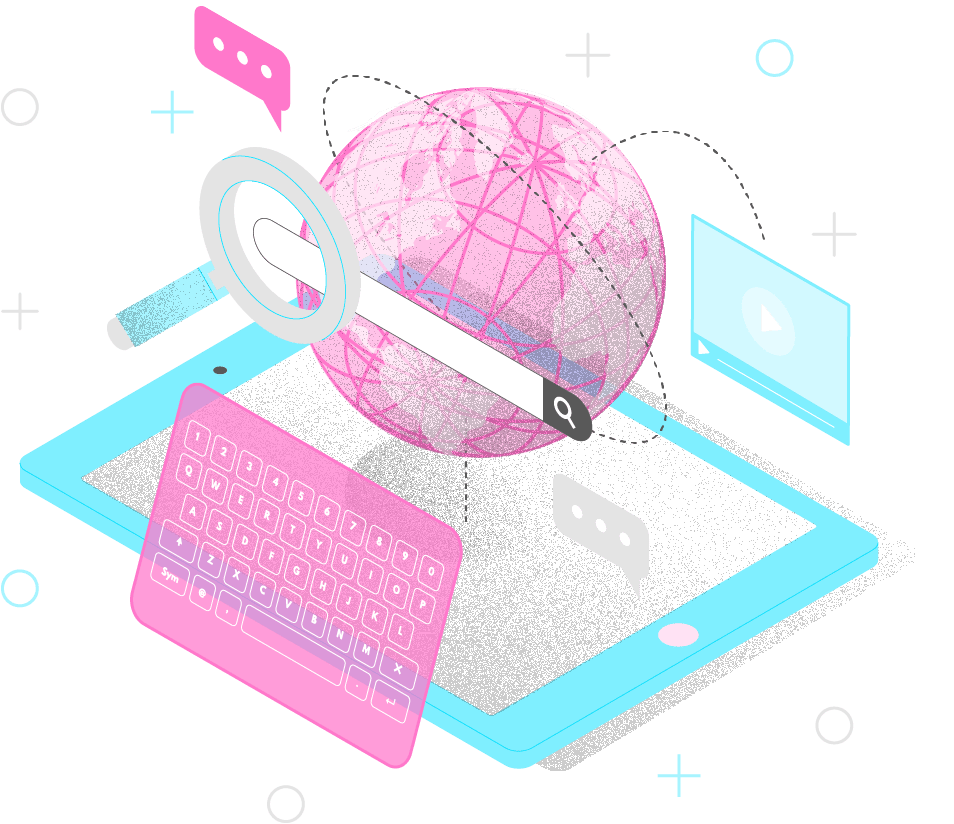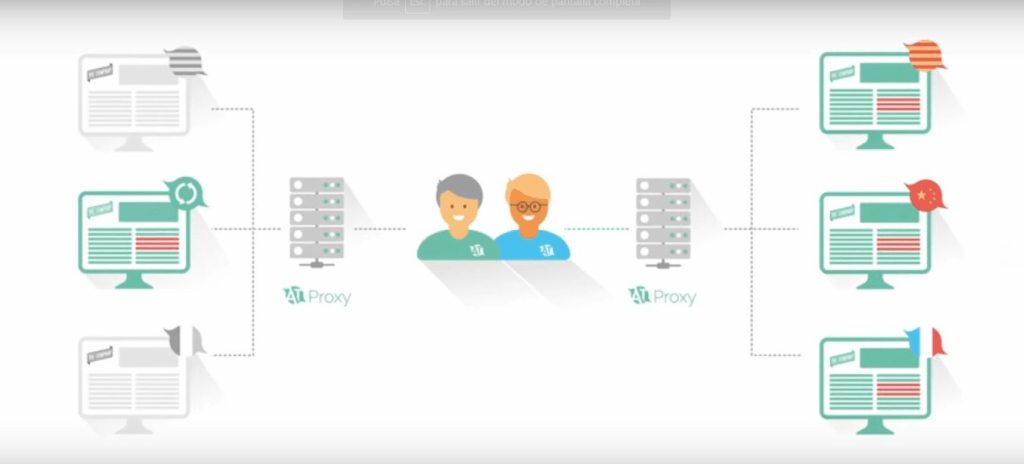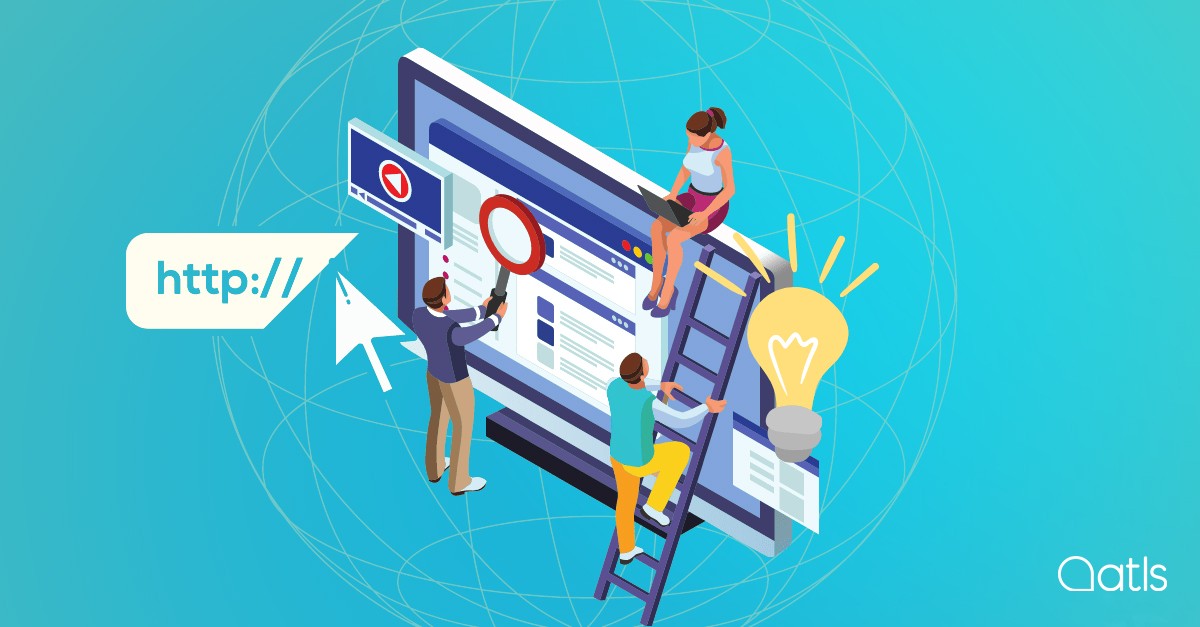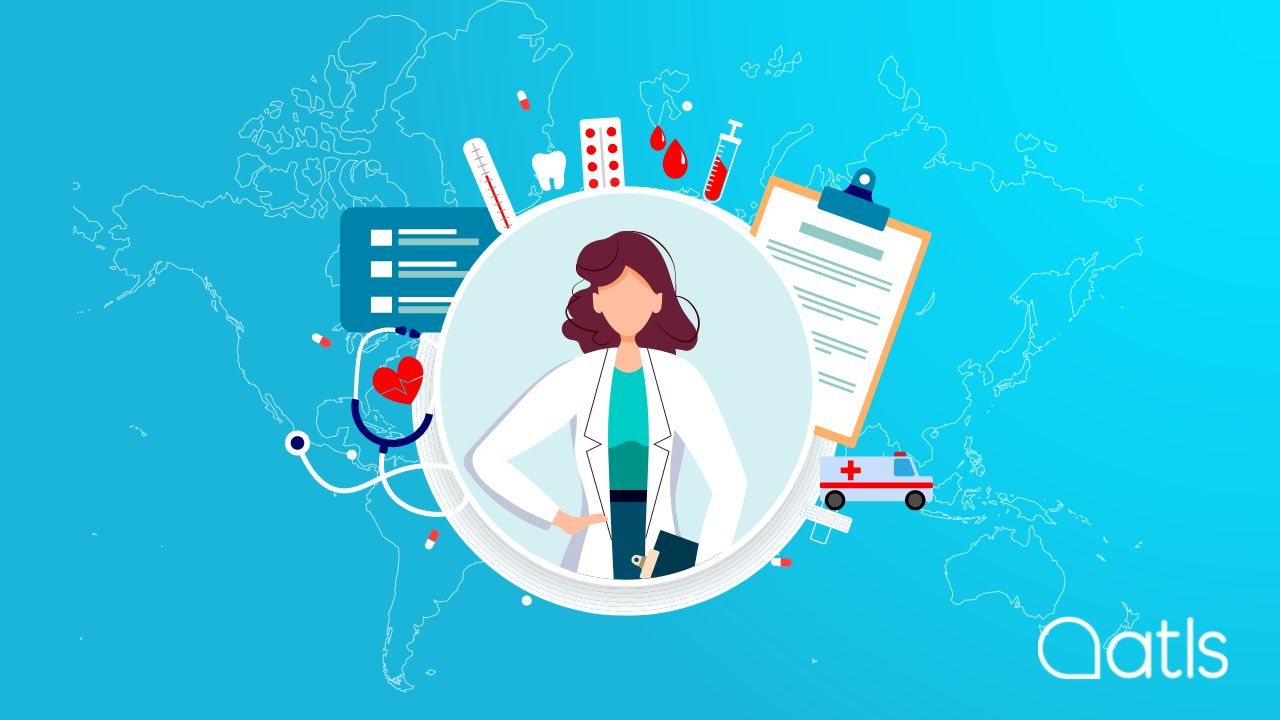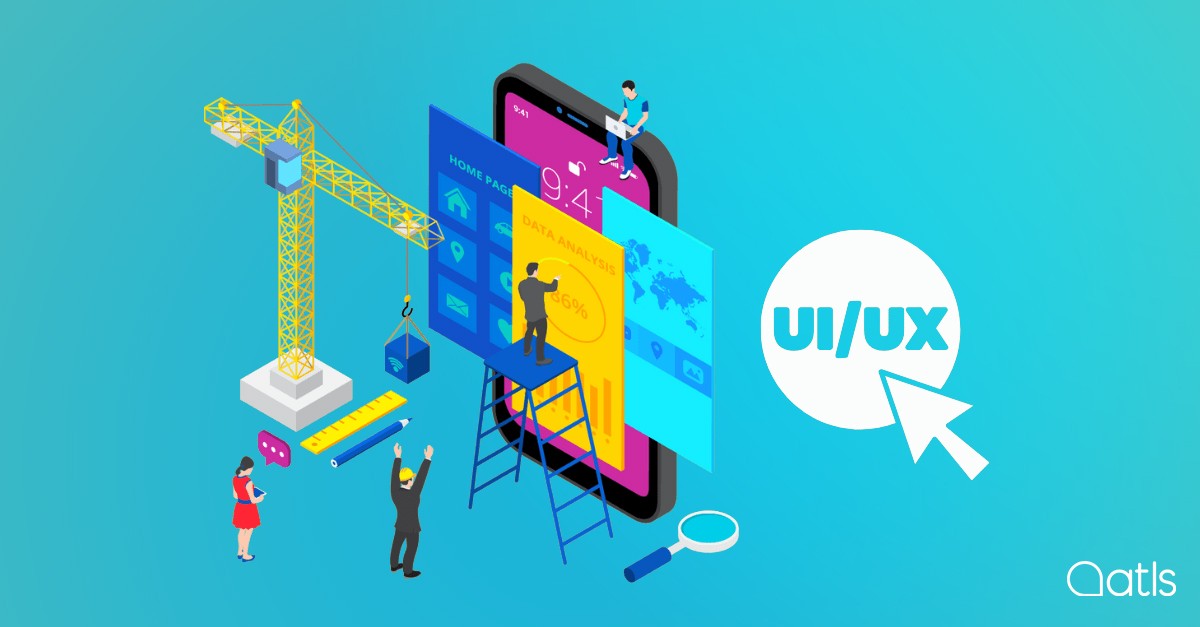What's next? AI, automation and other translation trends in 2024
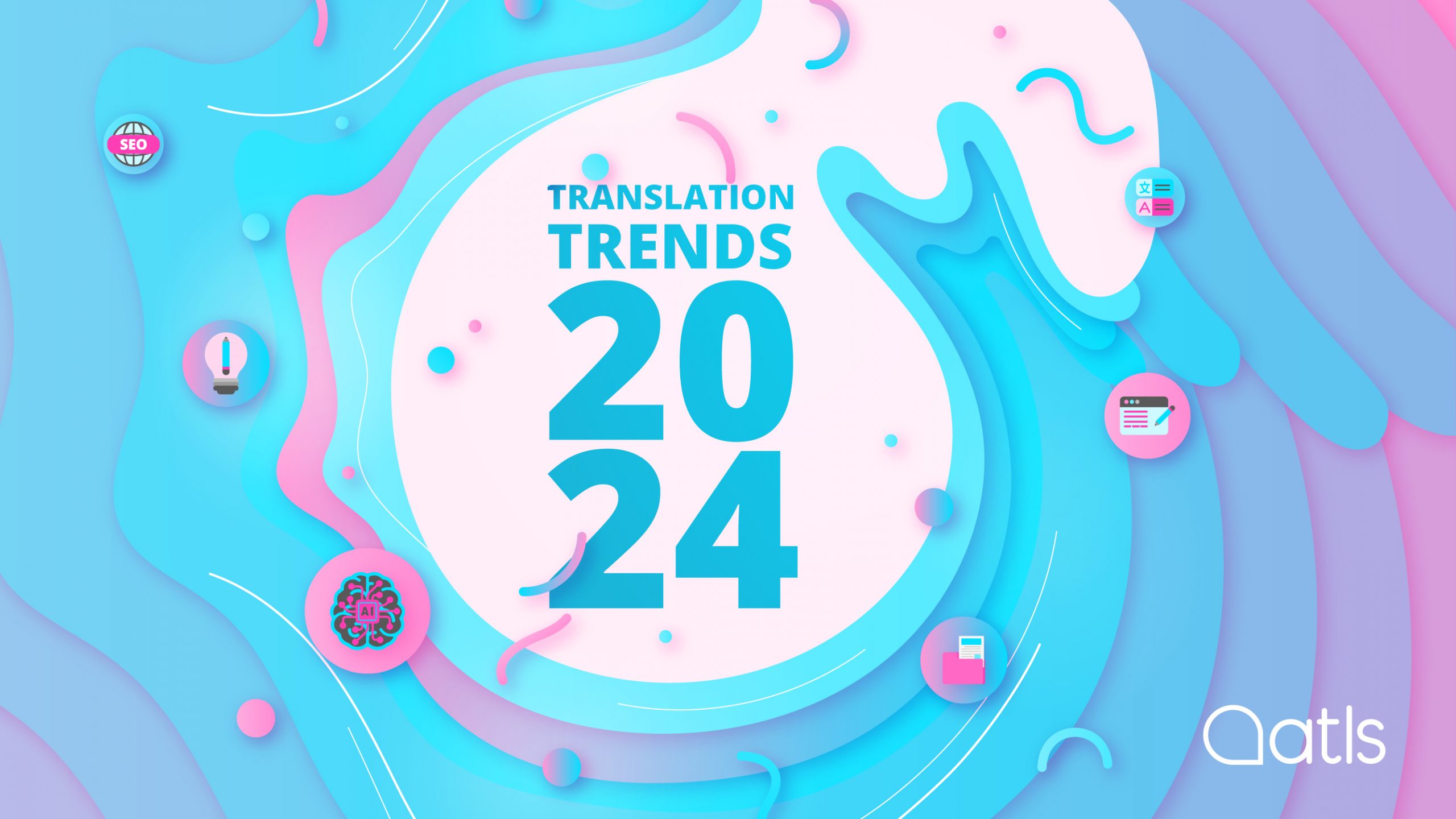
Aside from automation, we're seeing several trends in the field of translation and language services in 2024: remote interpreting via specialist video conferencing platforms; the acquisition of new professional skills such as project management and the use of specific software; the importance of cultural localisation and transcreation to connect emotionally with your audience; and ever-growing competition, along with more competitive rates, highlighting the need for effective translation workflow management.
Contents
- The evolution of translation and translation technology
- What is translation software?
- How is artificial intelligence affecting professional translation?
- Where is translation going?
- What are customers requesting translation services most concerned about?
- Our advice
- Professional translation services: choose an innovative provider
As the great philosopher once said, “everything flows and nothing abides”, and the translation industry is no exception. This couldn't be more true of the era we find ourselves in now; one of accelerated tech-driven transformation. And things are moving at such a dizzying pace that it can sometimes feel overwhelming.
In this tech-driven shift, at the height of 2024, there are two clear vectors in the translation industry (and many, others, perhaps less relevant here): artificial intelligence and automation. Just as in 2023, innovation is still the undisputed star of the professional translation world.
The evolution of translation and translation technology
Back in the olden days, translators would work with their paper dictionaries and be guided by their experience alone, a solitary pursuit in which they would unravel the meanings hidden within foreign languages. True titans, when you think about it; but in terms of the speed and volume of work, very much below what would come next.
And the 'next' is now. We are now driven by IT; it's the fundamental tool our profession needs. It's what makes it possible to manage the vast quantities of text being translated every day, from and into hundreds of languages. And it makes sure those translations are as tailored as possible to customers' needs.
Because whilst the landscape has changed, the intention remains the same; to convey meanings, information and feelings. And the icing on the next-generation-translation cake is AI-based technology. The potential of which can be hard to comprehend for us mere mortals of the early 21st century.
What is translation software?
First of all, let's clarify one thing: there is no single translation software solution, but a set of translation software tools. Really, any software or application directly related to translation, in the sense that it facilitates the work of the human translator or takes on the work in a comprehensive, integrative manner.
What we're referring to are the intangible elements that we've recently given the name 'workstation' to: an integrated working system made up of physical devices and software, which is in a sense much closer to the everyday reality of translation. But that's only the half of it, when you think about all the different software solutions designed and adapted to different needs and issues.
Constantly evolving translation software
Here are the most common types of software solutions found in the translation world:
- Computer-assisted translation (CAT) package. The leading CAT (computer-assisted translation) tools like SDLTrados or Phrase are actually full systems that integrate the spectrum of specialist tools we're looking at in this article.
- Translation memory. The soul of the CAT: large linguistic corpora comprised of previously translated text fragments (segments or translation units), together with their equivalence in another language (or languages). Its main function is to offer suggestions to translators to reuse segments according to their level of equivalence and context.
- Terminology manager. A module, and inseparable counterpart of TM, allowing you to extract, store, search and recover terms (with an extractor, database, search engine, concordance checker, etc.). Think of it as 'pre-translation'. LogiTerm is a good example.
- Alignment. These programs are at the heart of TM-based translation, and are used (previously always by humans, now not necessarily) to establish the correlation between segments in different languages (so-called 'bitexts').
- Localisation tools. Tools like Catalyst and Passolo are designed to make life easier for software-heavy texts (with code, strings, tags, interfaces, different file formats, etc.).
- Lexical tools. This includes things like dictionaries and electronic glossaries (online or not), terminology databases, term extractors and similar.
- Other tools. And then there's everything that helps professionals (a lot) when translating, such as spelling, grammar and style checkers.
Machine translation is something else entirely; here, the machines do it all. And no doubt you've already heard of them: Google Translate, BabelFish, DeepL, Reverso, etc.
How is artificial intelligence affecting professional translation?
Only now we are beginning to apply advances in artificial intelligence to professional translation software. The latest trend - in both 'uncontrolled' machine translation and human-assisted translation - is for deep neural networks that enable AI to 'learn' and make better decisions.
We might well be at the gateway to a revolution in translation as we know it. And in the professional field, which direction are things going in?
Advantages and disadvantages of using AI in professional translation
Yes, we tricked you. Really, it's a question of knowing the right ways (and not so right ways) of using AI to optimise the translation process without sacrificing the quality of the final results. It should go without saying that using it - effectively - is beneficial for both the language service provider and the end customer.
This means:
- Significant time savings on translation tasks.
- Reduced costs with improved workflow automation.
- Guarantees more uniform terminology, style and format, etc.
- Fewer errors of all types: from typos to HTML tags.
The dark side of AI translation: being tempted to use the wrong tools for the job, or having more confidence in AI than it merits. Right now, neglecting human supervision in translations - in the most diverse of contexts and for the most varied of purposes - is synonymous with a drop in quality.
What challenges does artificial intelligence pose in translation?
The challenge is twofold. On the one hand, it's about resisting (yes, we know it isn't easy 😅) falling into the spiral of thinking artificial intelligence is going to take over and replace us. In this new reality, knowing how to adapt and access the right tools for your needs is the main challenge in professional translation.
On the other, it's about raising awareness of the myth that is infallible AI translation. It's all well and good if you just want to muddle through, but translating a technical manual for a cloud server, the clauses of an insurance contract, a scientific article on psychoanalysis or an effective landing page is no mean feat (see for yourself).
Where is translation going?
If we had to make a prediction, we would bet on translation reaching a fork in the road: on the one hand, 100% machine translations for simple, basic, functional communication; on the other, human-assisted AI will take care of critically important, strategic, complex and more nuanced translations.
Aside from automation, what trends are we seeing in the field of translation and language services in 2024?
- Remote interpreting. The latest technological breakthrough is in video conferencing platforms, specially designed for simultaneous interpreting.
- New professional skills. Nowadays, linguists and translators have experience (to varying degrees) in project management, specialist software, simple programming and coding, computational linguistics, software localisation, terminology, quality control, PEMT and hard skills in niche areas.
- Cultural localisation and transcreation. Going against the grain, the human touch is what gives you the edge here (in marketing, for example). It means you can approach your audience from a more emotional angle.
- Lots of competition, competitive rates. These two go hand-in-hand. As automated tools become more popular, the key to maintaining a competitive advantage is effective translation and workflow management.
What are customers requesting translation services most concerned about?
From the perspective of the customer (ultimately, the one that counts) looking for an Arabic into Spanish translator for an official legal translation, or a Chinese into Spanish translator for a website localisation, to name a couple of examples, what are their needs and expectations? Based on our experience, this would be the list:
- That the language service provider can understand - and adapt to - their needs.
- The accuracy of the translation and the quality of the service.
- Meeting deadlines and budgets.
- Communicate effectively and idiomatically with their audience in the target market.
- Prices and times.
- The impact of translation on aspects of SEO and digital marketing.
- The difficulty of workflow management.
Adopting state-of-the-art technological tools is far from optional in translation. A translation agency implementing AI-based translation is a positive sign; this should have a positive impact on quality, deadlines and budgets, not to mention being testament to their innovative approach. In an ideal world, you would ask your provider exactly what you need, and they would respond flexibly, offering a tailored level of automation and workflow management.
Professional translation services: choose an innovative provider
In short, in 2024, the translation industry (just like wider society) is at the dawn of a new reality, in which AI-based technologies are being integrated with our everyday lives. It's a complex and challenging landscape, and in order to work more effectively and get more done, you need to understand the how to reap the benefits.
You know, like a translation agency. From the customer's point of view, harnessing different AI and automation-based translation technology solutions - supervised by human professionals and under the umbrella of a project with almost a quarter of a century behind it - means being at the absolute cutting-edge in terms of competitiveness and process efficiency.

